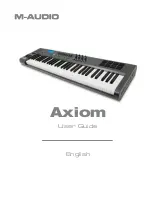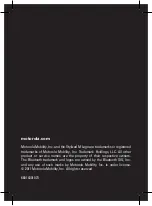
Basic Operations — Organizing Your Data
PSR-2100/1100
40
Example — Open/Save display
Each
Open/Save
display consists of three kinds of drive pages:
PRESET
,
USER
, and
FLOPPY DISK
.
In the examples given here, the Open/Save display for Voice is shown.
BACK
NEXT
PRESET drive
The files that are pre-
programmed and installed
internally to the PSR-2100/1100
are kept here. Preset files can be
loaded but cannot be re-written.
However, you can use a preset
file as a basis for creating your
own original file (which can be
saved in the USER or FLOPPY
DISK drive).
USER drive
Files kept here are those
containing your own original
data, created or edited using the
various functions of the PSR-
2100/1100. They are stored
internally to the PSR-2100/1100.
FLOPPY DISK drive
You can also store your original
data to floppy disk.
Commercially available disk
software can also be called up
here. Naturally, these files are
available only when the
appropriate disk is inserted in
the floppy disk drive.
File
All data, both pre-
programmed and your own
original, are stored as “files.”
Current Memory
“Current Memory” is the area where the voice is called up when you
select a voice. Also it is the area where you edit your voice using the
SOUND CREATOR function. Your edited voice should then be saved
as a file in the USER or FLOPPY DISK drive.
Recording songs (page 95) and creating accompaniment styles
(page 111) are done within the current memory. Please make sure to
properly save this data to the USER/FLOPPY DISK drive as a file or
files. The data will be lost if you turn off the power without saving.
For details, see page 42.
Calls up the upper
level directory page.
In this example, the
voice folder selection
page can be called
up.
Changes drives among
PRESET
,
USER
and
FLOPPY DISK
.
Summary of Contents for portatone psr 2100
Page 172: ...Index PSR 2100 1100 172 MEMO ...
















































